The Armsby Calorimeter
This 19th century machine put animals (including humans) in boxes to study how they metabolized calories.
On the surface, calories seem so simple: All food contains calories, and to lose weight, people have to eat fewer of them. Unfortunately, upon further investigation of the calorie, the science of weight loss is far from simple. In fact, the measurement of a calorie itself is hardly straightforward.
Officially, a calorie is roughly the heat required to raise the temperature of a kilogram of water by one degree Celsius. To figure out how many calories are burned from different foods and activities, scientists put animals in boxes, fed them, and then measured the heat they gave off, using breakthrough machines such as the Armsby Calorimeter, built by Henry Prentiss Armsby at the tail end of the 1800s and housed today in an unassuming brick building on the Penn State University campus.
Some of those animals studied in a box were humans, as New York University nutrition and food policy professor and author Marion Nestle describes in this episode of Gastropod.
Know Before You Go
The calorimeter, now a museum, is listed on the National Register of Historic Places. Contact [email protected] or call 814-863-1383 to arrange a visit to Penn State’s Armsby Calorimeter.

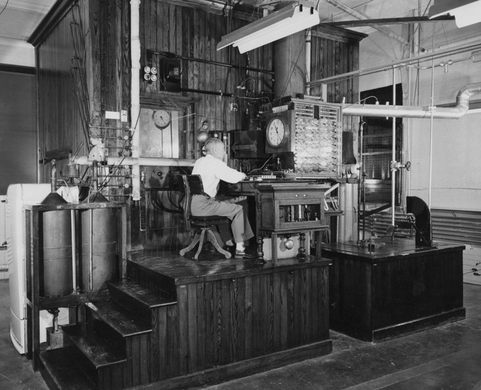

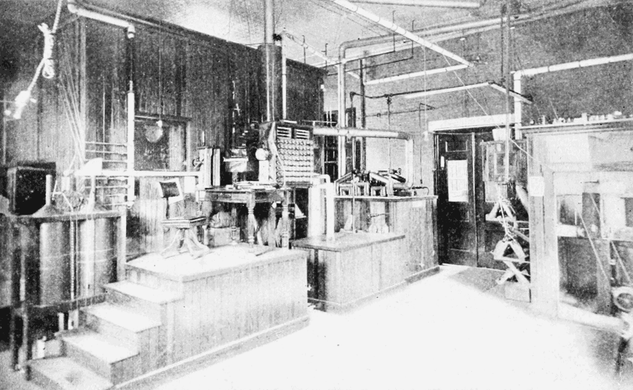




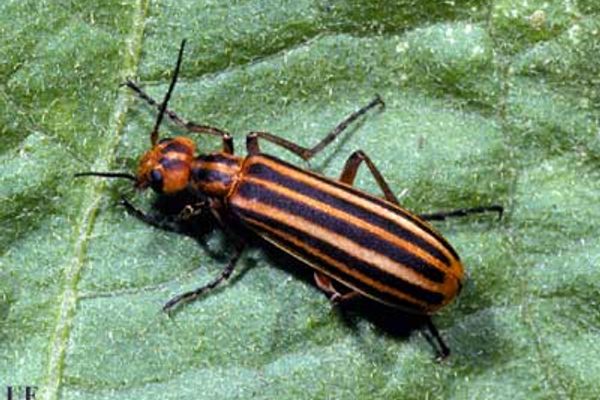
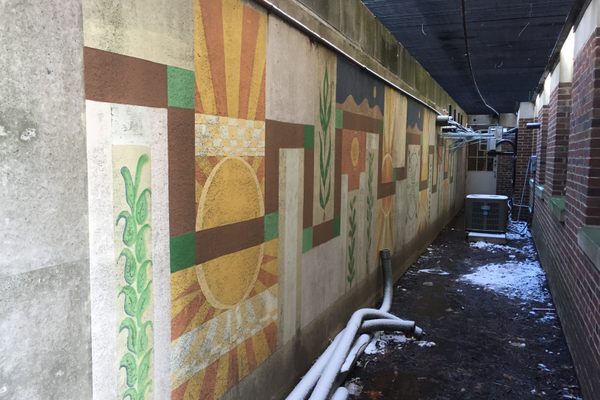
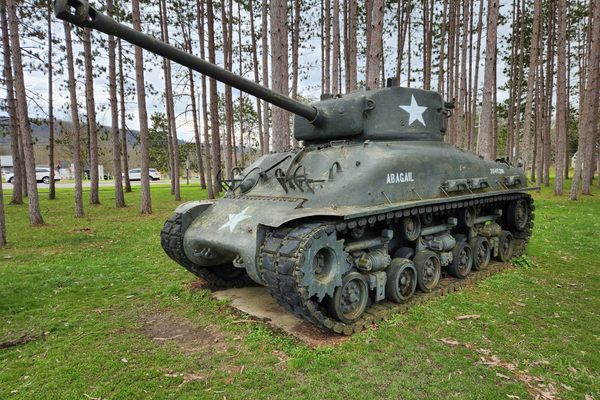





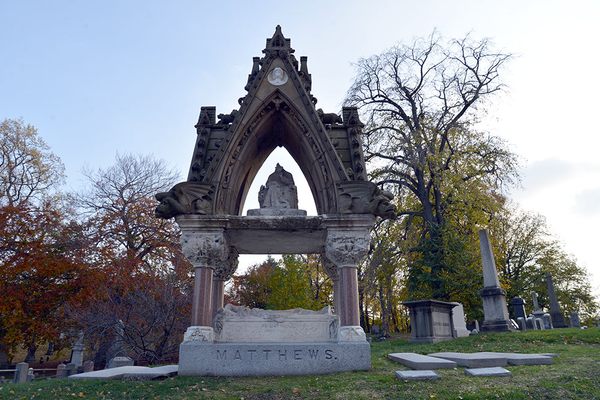

Follow us on Twitter to get the latest on the world's hidden wonders.
Like us on Facebook to get the latest on the world's hidden wonders.
Follow us on Twitter Like us on Facebook